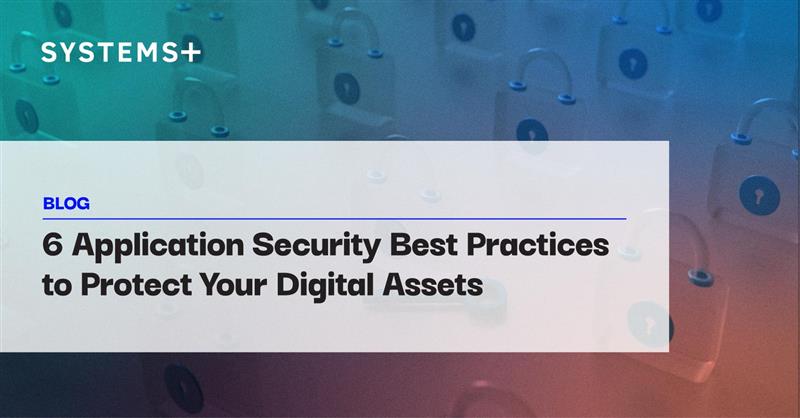6 Application Security Best Practices to Protect Your Digital Assets

With cyberattacks and illegal access attempts on the rise, organizations must take proactive steps to safeguard their digital assets and protect sensitive data. A core aspect of cybersecurity is application security, which plays an important role in preventing illegal access to systems and information. From security testing to continuous monitoring, the right application security practices can help prevent costly breaches and ensure compliance with evolving regulations. In this blog, we’ll explore six proven strategies to strengthen your defenses.
Illegal access refers to unauthorized attempts to enter applications, networks, or systems. It often results in data breaches and financial losses. The rise of cloud applications, remote work, and interconnected digital platforms has further widened the attack surface. This means businesses can no longer rely solely on perimeter defenses. Protecting against illegal access now requires a multi-layered application security strategy, covering everything from identity management and access control to encryption and real-time monitoring. Cybercriminals use various techniques to gain unauthorized access; the most common ones are listed below.
• Use Multi-Factor Authentication (MFA) to add an extra layer of security.
• Implement role-based access control to limit access to sensitive information.
• Regularly review and update access permissions.
• Apply security patches as soon as they are released.
• Regularly update systems and components to protect against known threats.
• Encrypt sensitive data at rest and in transit.
• Identify and label data based on sensitivity and regulatory requirements.
• Protect backup data with encryption and perform frequent recovery tests.
• Deploy intrusion detection and prevention systems to detect suspicious activity.
• Establish a Security Information and Event Management solution for centralized monitoring.
• Set up system logs and real-time alerts for potential security incidents.
• Perform penetration testing and vulnerability assessments.
• Use automated tools to scan applications for security issues.
• Conduct regular security code reviews to identify vulnerabilities.
• Conduct security awareness training to educate employees on phishing and social engineering attacks.
• Use email filtering solutions to block suspicious emails.
• Implement anti-phishing tools to detect fraudulent websites.
Understanding how illegal access occurs is the first step toward prevention. As attackers grow more sophisticated, organizations must embrace the above mentioned best practices to stay ahead. To dive deeper into the overall cybersecurity landscape, we invite you to watch our webinar: Cyber Program Operations: What Might Be Missing From Your Cyber Strategy. It offers valuable insights that can help you build a stronger, future-ready cybersecurity posture.
At Systems Plus, we specialize in helping organizations optimize their security frameworks and reduce risk. Connect with our experts today to refine your application security strategy and protect what matters most- your digital assets.






